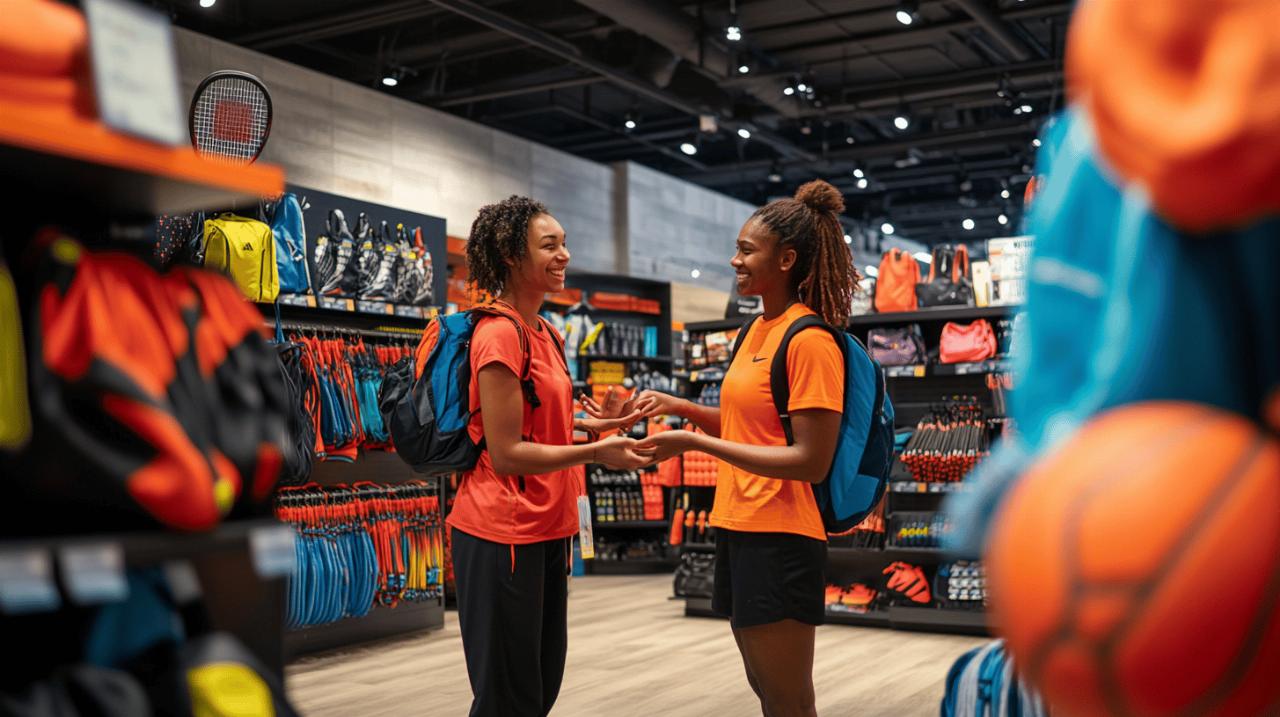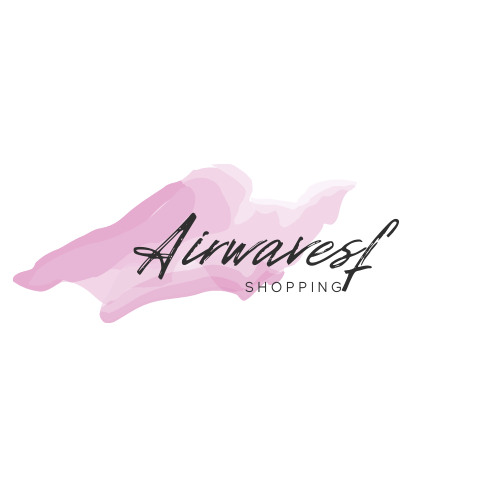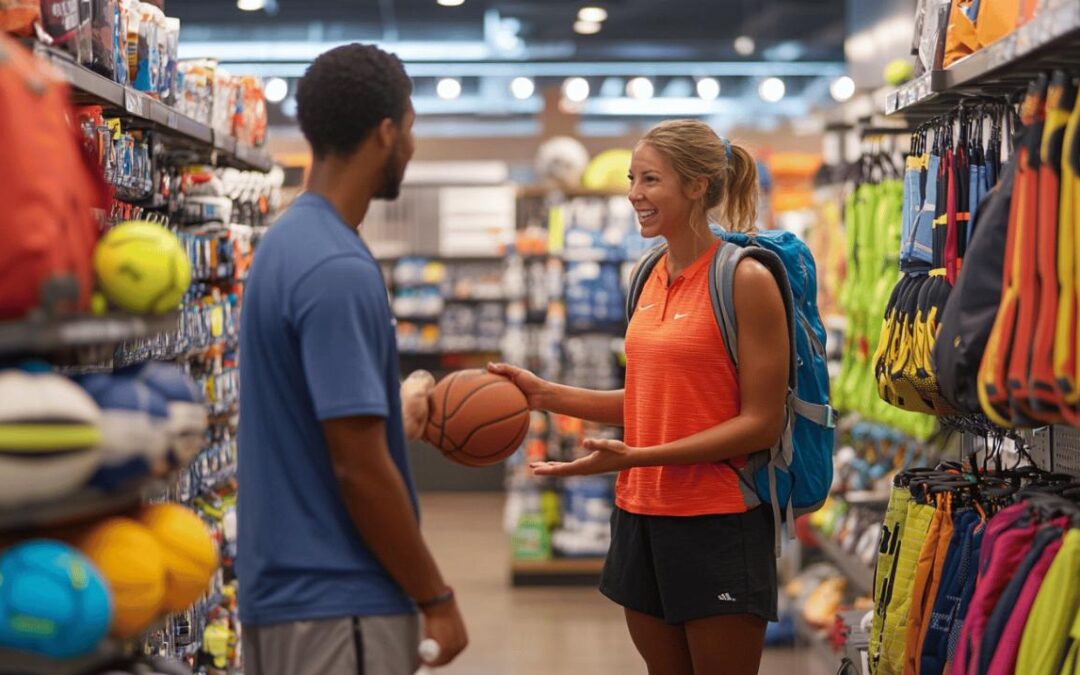In the ever-evolving world of sports, having the right equipment can make a remarkable difference in your performance, safety, and overall enjoyment. Whether you're a seasoned athlete or just starting your fitness journey, understanding the essentials of sports gear selection and maintenance can significantly enhance your experience on the field, court, or track.
Selecting the Right Kit for Peak Performance
The choice of sports equipment goes far beyond mere preference—it's a critical decision that impacts both performance and safety. At Club Deportivo Sapporo, we've observed that athletes who invest time in selecting appropriate gear typically experience fewer injuries and greater confidence in their abilities. A 2023 survey revealed that 78% of athletes reported improved performance simply by switching to more suitable footwear, highlighting how essential proper equipment selection truly is.
Understanding sport-specific gear requirements
Different sports demand different equipment, each designed to address the unique challenges and movements of that activity. For instance, tennis requires shoes with lateral support and a racquet suited to your playing style, while cycling necessitates a properly fitted helmet, appropriate bike frame, and padded shorts for comfort during long rides. Swimming enthusiasts benefit from a performance swimsuit, well-fitted goggles, and a swim cap to reduce drag in the water.
When selecting gear, consider the specific demands of your sport. Football players need cleats that provide traction on their playing surface and shin guards that offer adequate protection. Basketball players should focus on shoes with proper ankle support and cushioning for frequent jumps. By understanding these sport-specific requirements, you can make informed decisions that enhance your performance while minimising injury risk.
Quality vs cost: making smart investment decisions
One common dilemma faced by sports enthusiasts is balancing quality with budget constraints. While high-end brands typically offer equipment that lasts 5+ years, budget options generally serve for only 1-3 years. This doesn't necessarily mean you should always opt for the most expensive option—rather, consider your level of commitment, frequency of use, and performance goals.
For beginners, starting with mid-range or even second-hand equipment can be a wise approach. This allows you to test your interest in the sport without significant financial commitment. As your skills improve and your commitment deepens, you can gradually invest in higher-quality gear that better suits your evolving needs. When making purchasing decisions, look beyond price tags to consider materials, construction quality, and brand reliability. Reading reviews and seeking advice from experienced players can provide valuable insights into durability and performance.
Maintenance practices to extend equipment lifespan
 Proper maintenance not only extends the life of your sports equipment but also ensures it continues to perform optimally and safely. Regular care can save you money in the long run and prevent potential injuries caused by worn or damaged gear. A systematic approach to equipment maintenance should become part of your routine as an athlete or sports enthusiast.
Proper maintenance not only extends the life of your sports equipment but also ensures it continues to perform optimally and safely. Regular care can save you money in the long run and prevent potential injuries caused by worn or damaged gear. A systematic approach to equipment maintenance should become part of your routine as an athlete or sports enthusiast.
Cleaning and Storage Techniques for Various Sports Gear
Different types of equipment require specific cleaning methods. Fabric items like jerseys and shorts benefit from gentle washing with mild detergents, while hard equipment such as helmets and protective pads should be wiped down with appropriate cleaning solutions after each use to prevent odour and bacterial growth. Footwear requires special attention—allowing shoes to air dry naturally rather than using direct heat sources preserves their structure and cushioning properties.
Storage is equally important in maintaining your gear's condition. Keep equipment in cool, dry places away from direct sunlight, which can degrade materials over time. Hanging items rather than compressing them in bags helps maintain their shape. For seasonal sports equipment, thorough cleaning before storage and periodic checks during off-seasons can prevent unpleasant surprises when the next season arrives. Advanced materials in modern sports equipment often have specific care requirements, so always refer to manufacturer guidelines for optimal maintenance practices.
Recognising when to replace worn equipment
Even with excellent maintenance, all sports equipment eventually reaches the end of its useful life. Recognising when to replace gear is crucial for both performance and safety. Visible signs of wear such as cracks in helmets, compressed cushioning in shoes, or fraying in protective padding indicate it's time for replacement. Less obvious indicators include decreased performance, unusual discomfort, or inconsistent behaviour of the equipment.
Safety gear deserves particular attention when assessing replacement needs. Helmets, for example, should be replaced after any significant impact, even if visible damage isn't apparent. Studies show that helmets can reduce head injury risk in cycling by up to 85%, but only when they're in proper condition. Similarly, running shoes typically need replacement after 300-500 miles, as their cushioning properties deteriorate even when the exterior appears intact. By staying vigilant about the condition of your equipment and replacing items before they become hazardous, you protect both your performance and your health.
Technology can assist in tracking equipment lifespan—many apps now help athletes monitor usage hours or distances for key pieces of gear, providing timely reminders for maintenance or replacement. This systematic approach to equipment management ensures you're always performing with gear that supports rather than hinders your athletic endeavours.

